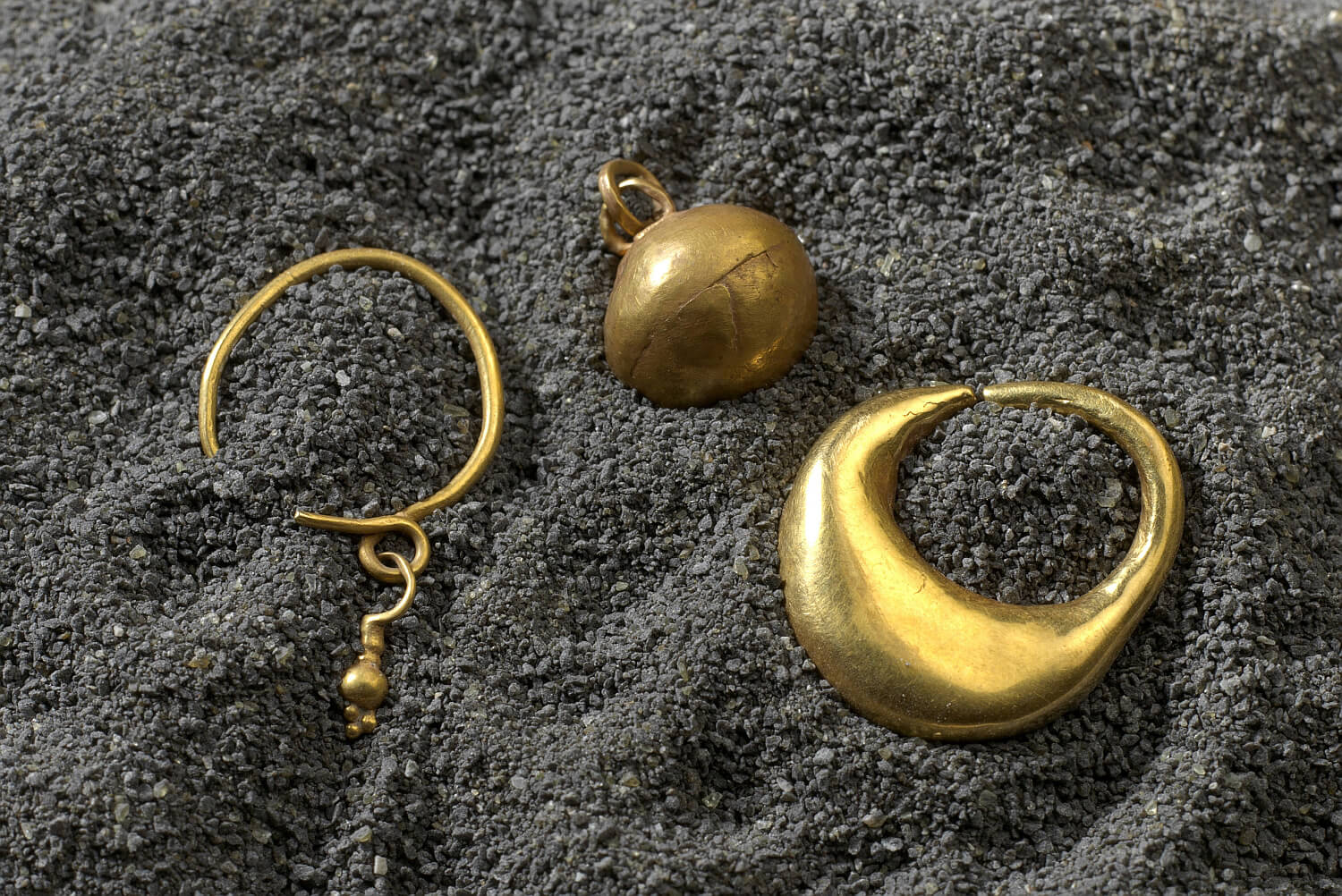Vorderasiatisches Museum
The Pergamon Museum (Museum of the Ancient Near East) ranks alongside the Louvre and the British Museum as one of the world’s leading museums of ancient oriental treasures. Shown in an area covering 2,000 square metres the exhibits convey an impression of six thousand years of history, culture and art in the ancient Near East.
The Berlin collection of oriental antiquities is closely linked to the development of Assyriology and the first successes of the linguist, G. F. Grotefend, in deciphering cuneiform writing. Both of these advances promoted general interest in the ancient cultures of Babylon and Assyria. Archaeological research into early oriental culture was also greatly encouraged by the founding of the society “Deutsche Orient-Gesellschaft” in 1898.
The collection of Western Asiatic antiquities was founded in 1899. Its quality was substantially enhanced by finds resulting from German expeditions between 1888 and 1939. The collection was temporarily accommodated in the Kaiser Friedrich Museum until 1929 when it moved into the south wing of the Pergamon Museum. The world-famous architectural exhibits, the Processional Way and the Ishtar Gate, were first presented to the public in 1930 when the Pergamon Museum opened.
The museum’s director, Walter Andrae, advised against removing the permanently installed objects for safekeeping during the Second World War which they survived almost unharmed. Moveable objects were taken to the Soviet Union after the war and returned in 1958, five years after the opening of the Vorderasiatisches Museum (Museum of the Ancient Near East).


